Table of Contents
I wanted to take the time to discuss something that I find very concerning, which are falls in the elderly population. Now I want you to think back to the time if you’ve ever experienced a fall. Can you remember what caused it? Was it dizziness or poor vision, was on the steps or stairs, or perhaps you were not using your assistive device correctly.
Whatever the cause, I’ll be discussing some of the primary reasons, along with tips and strategies to reduce your fall risk at home. But first, I want to provide some statistics that will help you better understand how this impacts our society as a whole.
Because of the advances in healthcare, we are seeing an unprecedented rise in the older adult population over the age of 65. According to the Facts Sheet: Aging in the United States—Population Reference Bureau; it is estimated that by the year 2060, over 24% of the population will be 65 years or older.
We are also seeing more older adults outliving their spouses, which gives rise to older adults living at home alone. Statistics show that nearly 1/3 of older adults live at home alone with women being twice as likely to live alone than men. And we all know with older adults living alone, unfortunately, comes more falls.
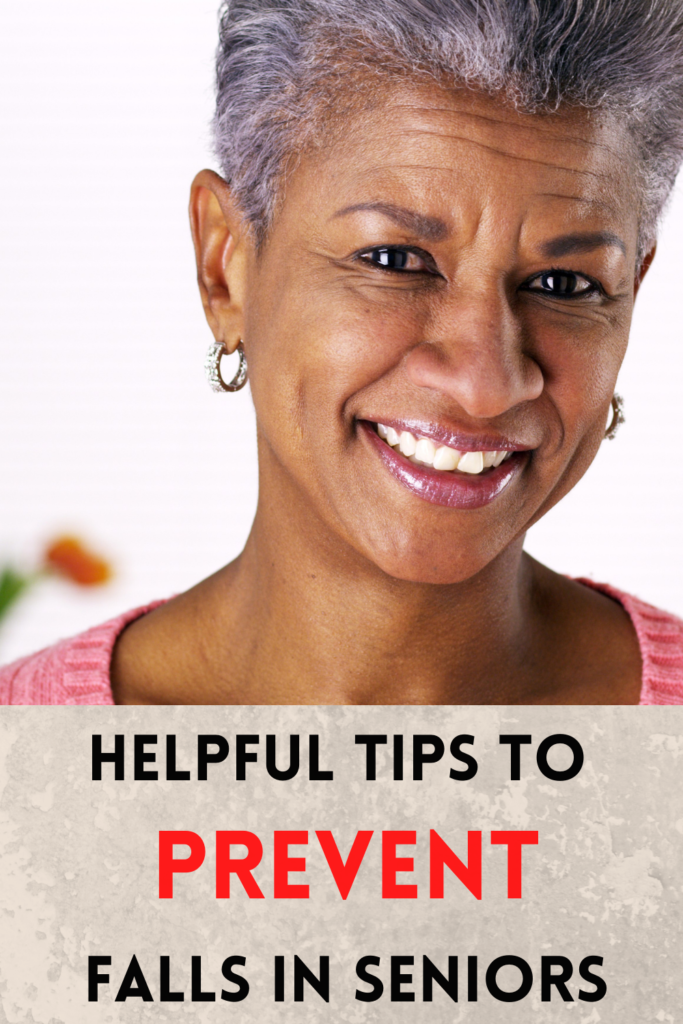
Each year the emergency department treats close to 3 million elderly for fall-related injuries, and according to CDC.gov, falls are the number 1 cause of death and injury in older adults….YIKES!! I can honestly say that as a physical therapist, I have seen and treated far more older adults for fall-related injuries than any other type of injury. This is why I wanted to take the time and go over the top (3) areas that I have seen cause the most falls in the elderly, as well as the risk factors and preventions.
#1 FALL HAZARDS IN THE HOME
I can honestly say that I have seen far more older adults fall from fall hazards in their homes than any other reason. Simple things that you wouldn’t even consider being a fall hazard like those nice, pretty throw rugs…very dangerous, or roaming pets, tight spaces, or even those steps that you’ve had in the back of your home for years, all can be potential fall hazards.
A. THROW RUGS
I tell all of my patients if it’s not tacked completely down to the ground, then just take these rugs up entirely because they do pose an enormous risk for falls. Now I know what you are thinking, “I love my rugs, and I’ve had them for years.”, however, think about the risks that are involved if you were to have a fall. You are looking at hip replacements, femur fractures, subdural hematoma (fancy for bleeding in the brain), and even death.
Some of the patients that I have treated are unable to return back home after being discharged from the hospital due to the severity of their injury and are likely discharged to a skilled nursing facility or nursing home. I do not want this to be you. So trust me when I say it is in your best interest to remove these throw rugs, especially if you are using an assistive device such as a walker.
B. ROAMING PETS

I love pets, and I love how they make my patients feel. We all know these cute cuddly creatures make great companions, but they also make great falls!
I had a patient, and for the purpose of this blog, I will call her Mrs. B. Mrs. B was assigned to me for therapy due to a fall at home, right after being discharged from the hospital. After completing her evaluation. I found that hours after being discharged, she returned home to her dog, who was so excited to see her.
He started jumping up and down, barking, running to and fro; if you can imagine this reunion. He also started running between her legs. Mrs. B, who had just been discharged from the hospital, was using a walker and just couldn’t seem to get around her dog’s excitement. In a split second, she tripped over her dog’s tail and landed directly on her hip, sustaining a femur fracture.
Now I’m not saying get rid of your pets, but the solution to this would be to make sure your pets are well out of the way before attempting to stand or walk. Make sure you are seated before handling your pets to reduce any chances of falling.
C. TIGHT SPACES
Most of the time when I deal with patients who have tight spaces in their homes, it is mostly with furniture or narrow doorways. Most people do not know how to walk between tight spaces or narrow doorways in their homes, especially with an assistive device. They usually end up fumbling trying to get through the tight space and lose their balance in the process.
The best thing to do is to create a clear walking path between rooms by spacing the furniture as far as possible. You may have to place some furniture in other rooms or remove some furniture that you do not use in a storage unit.
If in fact, you have narrow doorways, for example in the bathroom, I recommend sidestepping through if you have a device such as a rolling walker. I will be posting future videos on how to sidestep through narrow spaces or doorways while using a rolling walker.
D. STEPS/STAIRS
One of the most common reasons for falls in the elderly, most common risk factors as well as preventions are safety on steps/stairs. Steps or stairs can be a daunting task, and can often lead to pretty severe consequences in the older adult population. The most common reason for falls on steps, that I have experienced, are improper footwear.
It is very important to have on proper shoes that enclose the entire foot, and have supporting soles when maneuvering steps or stairs, especially outdoors. Far too many times, I have seen falls from elderly patients who have on slippers or sandals. Just note that as you get older, your balance and sensation deteriorate. You may also have comorbidities such as arthritis or gout, and for this reason, closed-toed shoes with small yet supportive soles are most preferred.
You may also look into getting bilateral rails installed if your balance is compromised. Also, leave yourself plenty of time to get to and from your destination, so that you are not rushing up and down the steps.
If you have wooden steps, consider getting non-slip treads on the steps to prevent any slips or trips. Furthermore, if you have steps indoors, consider installing light switches on the top and bottom of the steps to create a well-light path at all times.
If you are having difficulty on the stairs, you can consider using a bed or bath downstairs if possible. In addition, you can look into having a stairlift installed if all other possibilities fail. These stairlifts can cost anywhere between $1200-$5000 but can be a great investment for those living alone, or those that have no other options.
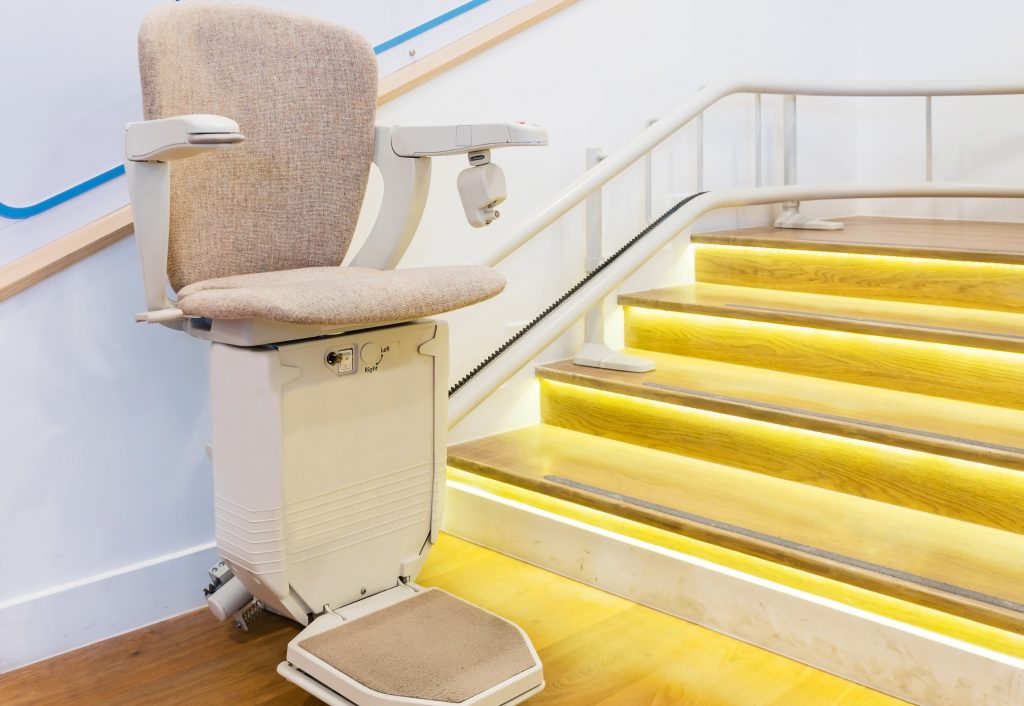
**ALLEY TIPS: When ascending steps or stairs. Make sure that you hold onto both handrails and lead with your strongest leg first. When you are descending steps, hold onto both rails and lead with your weaker side first. You also want to make sure that you are placing both feet on each step**
Some other tips to consider for reducing your fall risk at home include, installing grab bars in your bathroom near your toilet and shower. You may also want to look into purchasing bathroom equipment such as a shower chair, 3-in-1 commode, or transfer-tub bench for your tub.
Please refer to the products tab of my homepage titled “Daily Living Aides” for additional information on types of bathroom aides and purchasing bathroom equipment
#2 DETERIORATING PHYSICAL CONDITION
You may feel young at heart, but believe it or not, your body’s muscle mass slowly starts to decline as early as your mid-late 30s. Weak muscles, poor balance, poor vision, and decreased sensation are some of the physical conditions that can lead to falls in the elderly if not properly managed.
A. WEAK MUSCLES
Take Mrs. M for example, who was somewhere between late 30s to early 40s when her fall occurred. She was walking down the steps of her home. Before she could reach the bottom of the stairs, she had ruptured both of her quadriceps tendons and had to wear long-leg casts for several weeks.
In order to sustain healthy strength in the older adult population, it’s important to perform moderate-intensity exercises for at least 30 minutes per day. These exercises or activities can include walking the dog, participating in an aerobics class, light-weight lifting, and gardening or yard work activities.
Feel free to refer to my blog on simple ways older adults can stay active by clicking HERE. If you are recovering from an injury or surgery, it is very important to do your exercises each day, as prescribed by your doctor or therapist.
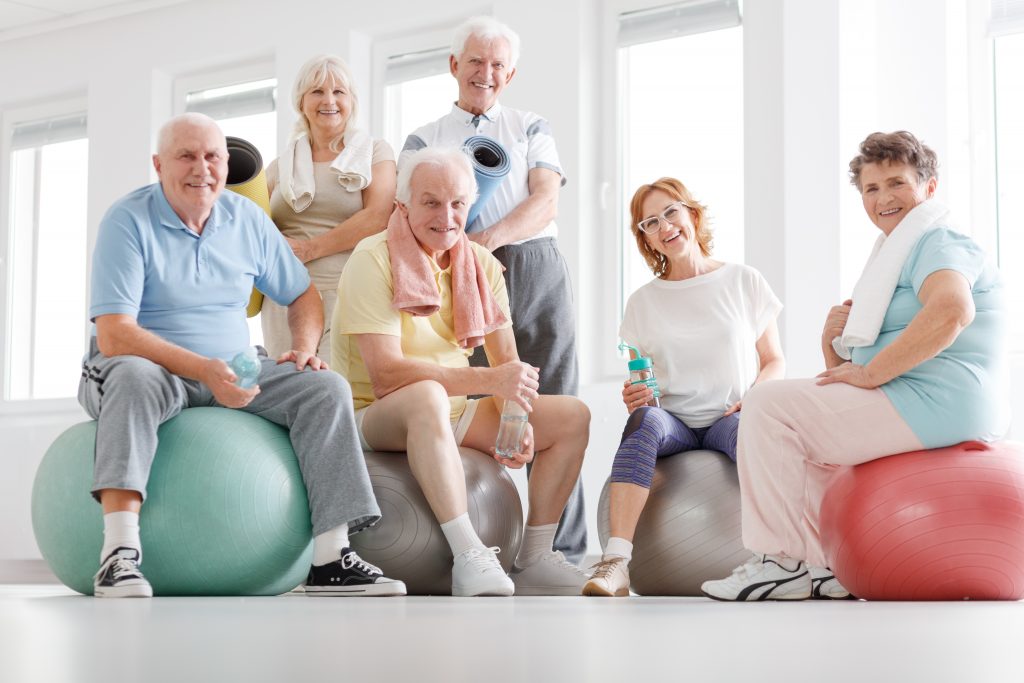
B. POOR BALANCE
Another physical condition that can lead to falls in the older adult population, is unsurprisingly poor balance. I know this may seem very basic, but your body works in a complex manner involving (3) main systems which include: vestibular, vision, and proprioception.
These (3) systems all work together to maintain your body’s position. I’ll discuss your visual system in the next section, but your vestibular system is an intricate system within your inner ear involving the flow of fluid relating to your head movements. This helps to determine your body’s position.
It can also tell if you are accelerating, decelerating, static, moving up, down, left, right, etc. Some conditions that can cause a decline in your vestibular function include but are not limited to:
- Meniere’s disease
- vestibular neuralgia
- benign paroxysmal positional vertigo (BPPV)
Another system that your body relies on for balance is your proprioception. In the simplest form, proprioception gives you the ability to know where your body/body parts are in relation to one another in your environment. For example, for someone with intact proprioception, they will be able to tell which position their arms, legs, or other body parts are in, even with their eyes closed.

These receptors that detect changes in your body’s position are located in your muscles or tendons. Most people who have an impairment with their proprioception lack the ability to tell where their body parts are in the environment.
For example, they may not be able to tell what position their foot is when they stand, or when they walk. This puts them at great risk for falls. Some conditions that can cause a decline in proprioception includes but are not limited to:
- spinal cord injury (SCI)
- traumatic brain injury (TBI)
- stroke
- peripheral neuropathy
- diabetic neuropathy
- chemotherapy treatment
If you think you have a balance deficit due to one of these conditions, or just simply from increased age, you want to talk to your doctor who may prescribe physical and/or occupational therapy. Your therapist will not only be able to work with you to strengthen each of these balance systems, but may prescribe an assistive device, such as a cane or walker to walk with.
It is important to use your assistive device at ALL times as prescribed unless otherwise stated. If your condition has caused foot drop, your doctor or therapist may also provide you with an ankle-foot orthosis (AFO), or similar device which prevents your foot from dragging the floor as you walk.
C. POOR VISION
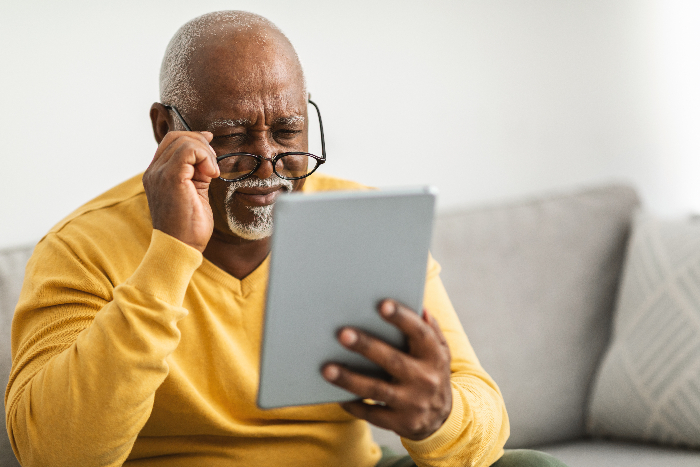
Your balance system relies heavily on your vision to maintain your balance. The only exception are for those who have lost their vision for a longer period of time. Their bodies start to rely heavily on other sensory systems that are still intact; however, if you have acute impaired vision, you can almost be certain that your balance has also been affected.
If you have a balance pad, and NO balance deficits, I want you to try this brief activity. Stand on the balance pad for 20 seconds with your eyes opened. Now, try again with your eyes closed for 20 seconds. Do you see how much more difficult it is to maintain your balance with your eyes closed? That is because your body relies heavily on your visual system.
Some of the most common visual deficits that I have seen in the older adult population include but are not limited to:
- glaucoma
- macular degeneration
- cataracts
Other conditions that can cause visual deficits include:
- stroke
- TBI
- diabetes
- Miller Fisher’s Syndrome
Now, I won’t go into the specifics of each eye disease, but the take-home message is when you start to notice some visual changes, it is important to visit your optometrist or ophthalmologist to get a proper diagnosis and treatment plan.
If you wear glasses or contacts, it is important to wear them as prescribed to reduce your likelihood of falling from a visual impairment. And finally, make sure you have plenty of light at home to improve your ability to see objects. DO NOT attempt to perform activities or walk in the dark.
D. DECREASED SENSATION
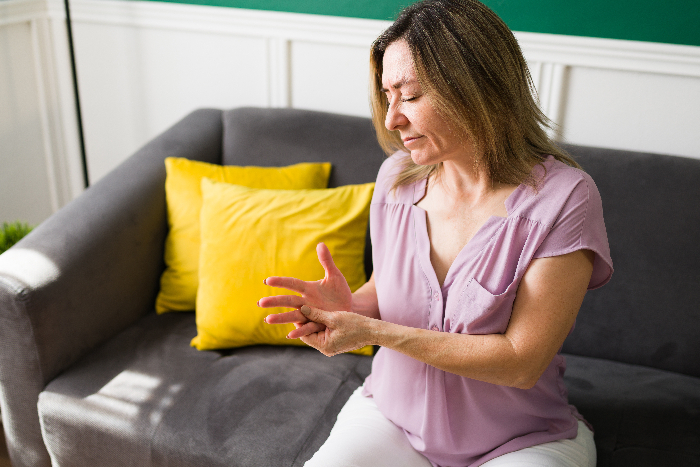
The last physical condition that can increase falls in the elderly, as well as risk factors and preventions is decreased sensation. Although sensation and proprioception can go hand-in-hand, it is important to note that your body’s ability to detect sensation comes from sensory nerves that gather information about the environment such as temperature, pain, and touch, and carries this information back through the spinal cord to be interpreted by the brain.
Simply put, people who have sensory deficits either have damage to the sensory nerves in the spinal cord, or in the brain where all of the sensory information is interpreted. Some of the diagnoses that I have listed in the previous sections can also cause impaired sensation such as diabetes, SCI, stroke, peripheral neuropathy, chemotherapy treatments, burns, and older age.
A doctor may also prescribe therapy if you have sensory impairments. Depending on the diagnosis, a therapist can work with you on how to manage or improve your sensation to help you reduce your fall risk. Different diagnoses may require different treatment options. For example, people with peripheral neuropathy find that their symptoms are more controlled if they are wearing supportive shoes.
Likewise, people with diabetic neuropathy find their feet are more protected from hazards in the environment if they are wearing shoes as well. However, shoes may not be the best option, AT FIRST, for someone who has had a stroke, because shoes actually take away the sensation that they should be receiving from the environment.
Others with more extensive sensory damage may have to compensate by looking to make sure their feet are in the correct position before transferring or walking. As always, use your assistive device as prescribed.
**ALLEY TIPS: If you are going to wear shoes, it is important to perform occasional skin checks to avoid skin breakdown, and to check for swelling and proper circulation**
#3 MEDICATIONS

Whew, I know this a lot of information, but I wanted to end off with a story that helps lead to my final point which are medications. Take Mr. S for example, Mr. S just laid down after a hard day of therapy and was in a lot of pain. He decided that since he was finished with his therapy for the day, that he would request for some pain medications from his nurse.
After taking two tablets of hydrocodone, he decided to relax and wait for the meds to kick in. When therapy arrived the next morning, we discovered he had a fall the previous day after trying to go to the bathroom without assistance. Furthermore, nursing had revealed that he was drowsy and incoherent from his pain medications.
For this reason, it is very important to know which pain medications you’re taking, and the signs and symptoms of each medication. Take your medications as prescribed by your doctor. Some of these pain medications are sedatives and can cause extreme drowsiness along with hallucinations, dizziness, and decreased blood pressure.
After taking pain medications, it is important to wait until after your symptoms subside before attempting any activity. DO NOT attempt to stand or walk if you are feeling drowsy or dizzy. If possible, try to schedule your medications to give yourself enough time to rest, and plan your tasks for later if needed.
**ALLEY TIPS: When transferring from lying to sitting, or from sitting to standing, your blood pressure drops slightly, this is a normal occurrence. If you are feeling dizzy or light-headed, do not attempt to stand or walk. I recommend you wait a few minutes after changing your position**
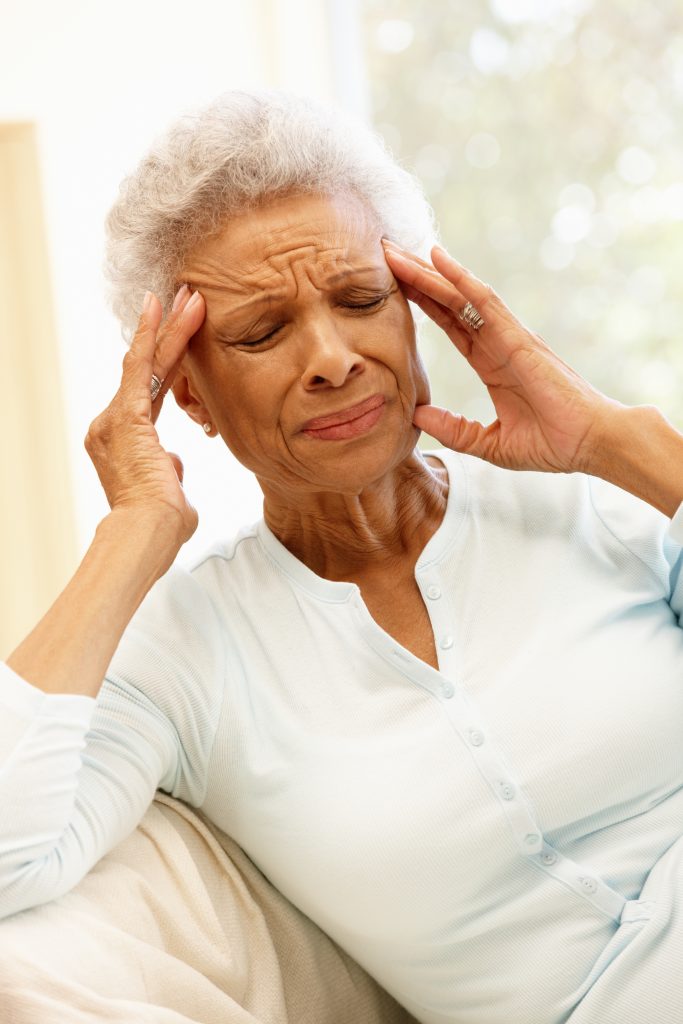
If taking certain medications has an adverse effect on your ability to function, let your doctor know. They may be able to prescribe a lighter dose or change your medications entirely.
Living at home alone can be a very challenging time, especially if you have health issues. To further improve your safety at home, I typically recommend my patients purchase a fall/medical alert device. This system enables you to alert an emergency medical team if you were to have a fall or medical crisis.
Although these systems operate on a subscription fee per month, your life is well worth the investment. Whether you live home alone or not, I hope that you apply these simple strategies to improve your safety wherever you go. Together we can prevent falls in the elderly, risk factors that we control, and prevention in the future. GOD BLESS YOUR ENDEAVORS!!

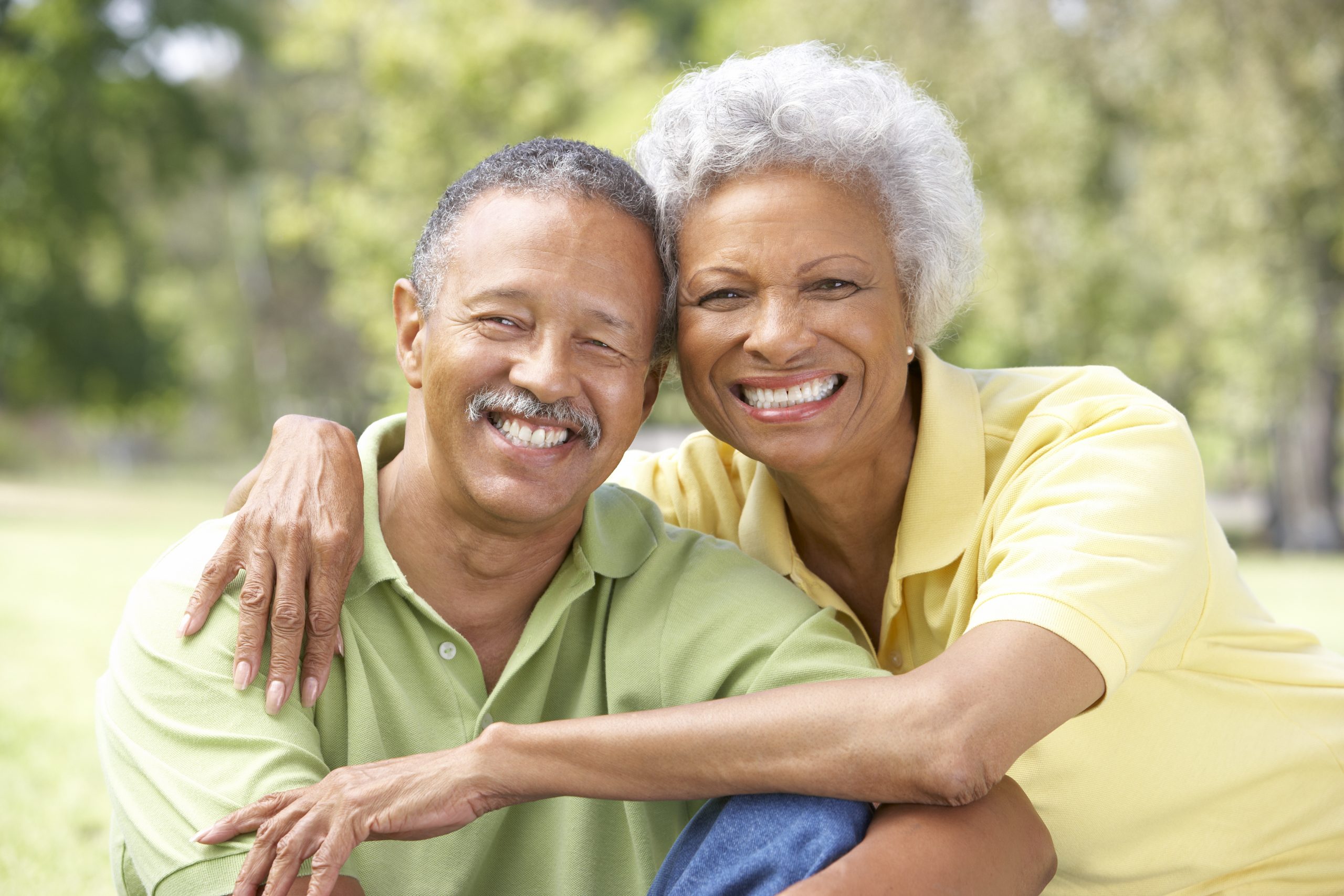
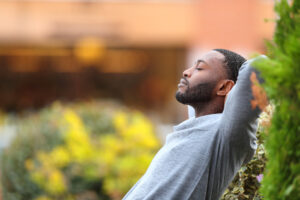



Pingback: Best Medical Fall Alert Device: MobileHelp Review - Rehab Alley